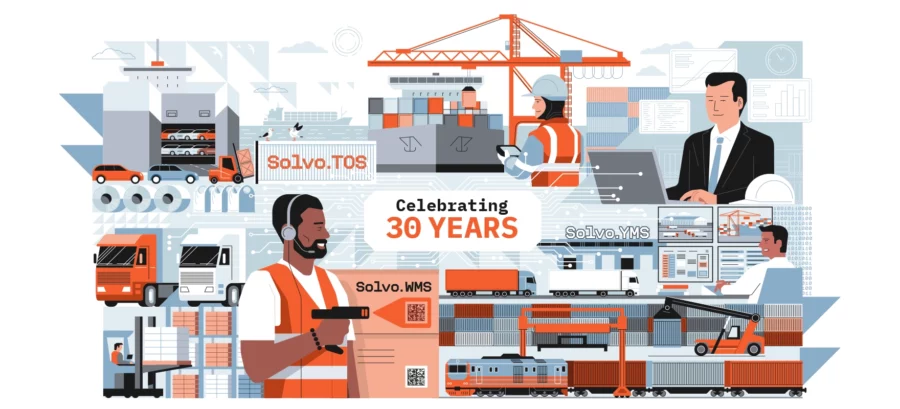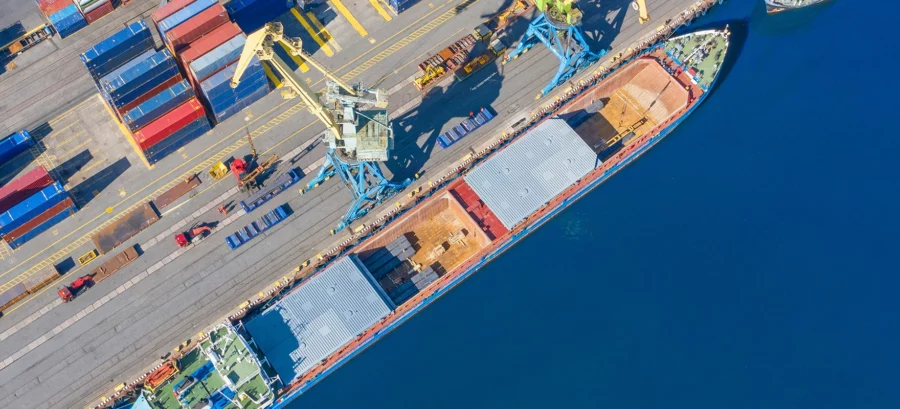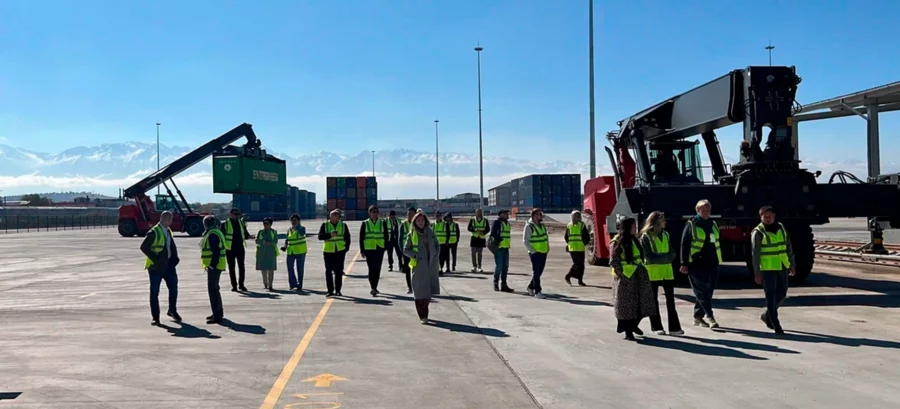Radio data terminals: how can you cut operational costs and automate tracking?
Radio Data Terminals (RDTs) at a warehouse or cargo terminal act as a bridge between people and the digital environment of a WMS or TOS. While much has been said about their role in daily operations, it’s equally important to focus on automating RDT tracking and control. Efficiently managing not only cargo but also warehouse equipment can help a company significantly improve performance and reduce costs.
Automating the storage, issuance, and maintenance of RDTs helps reduce paperwork, lighten the administrative load, streamline inventory processes, improve servicing, raise workplace discipline, and even minimize employee conflicts.
Common challenges with RDT tracking
Traditionally, terminals rely on paper logs to record RDT issuance — with serial and inventory numbers noted manually. Employees sign for devices, indicate the date and time of receipt, and leave comments on equipment condition.
This method lacks transparency. It’s hard to tell if the person who signed for a device is the one using it all day — or returning it later. If a device is damaged, there’s often no way to pinpoint when or how it happened. Admin staff must supervise workers manually, but this only partially solves the problem.
Analyzing equipment usage or forecasting needs becomes nearly impossible without digitized records. To get actionable insights, staff would need to sift through stacks of paper logs, summarize breakdown reports, track device usage frequency, and repair histories — a time-consuming and error-prone process.
And that’s without touching on forecasting: how many batteries are needed next quarter? Which models wear out faster? And why?
A smarter way to manage RDTs
Solvo offers a fully automated RDT tracking solution that monitors every step — from issuance and usage to repair and return.
All RDT-related activity is recorded: equipment model, operator name, timestamps, damage reports, repair status. You can view each device’s current state in real time: in use, out of service, under repair, or ready.
The system keeps a full history for every terminal. Devices can be grouped by model, manufacturer, or service life. All that’s left for the manager is to analyze the data and forecast replacements or upgrades.
How it works
RDTs are stored in secure, automated lockers equipped with ID scanners. Employees use their ID badges to check equipment in and out. Devices carry barcodes or RFID tags.
If a damaged device is returned, the employee must report the issue — otherwise, the locker won’t accept it. Faulty devices are marked in red, prompting the user to log a description before it’s accepted. The system updates records instantly, so service teams can react without delay.
Service engineers see real-time updates on devices awaiting repair. Once fixed, they log completed work and return the unit to any available locker slot — bringing the device back under system control.
Integration with TOS, WMS, and other systems
Solvo.TOS, Solvo.WMS, and Solvo.YMS offer broad integration options. Logistics providers can manage all RDT activity through a single interface and generate reports and analytics in just a few clicks.
Why it pays off
In the short term:
- Automated control reduces staff workload and cuts down human error
- Increased employee discipline helps extend device lifespan
- Forecasting becomes easier, improving spare parts procurement
- Repair cycles are faster, minimizing downtime
- Usage data reveals underperforming equipment models
In the long term:
The RDT system evolves with your business. It adapts to changing workflows and new challenges — becoming a proactive tool for operational optimization.





